Everything You Should Know About a Joseon King
- byT.Sapphire 💙
- 2 months ago
- 0 Comments
- 4mins
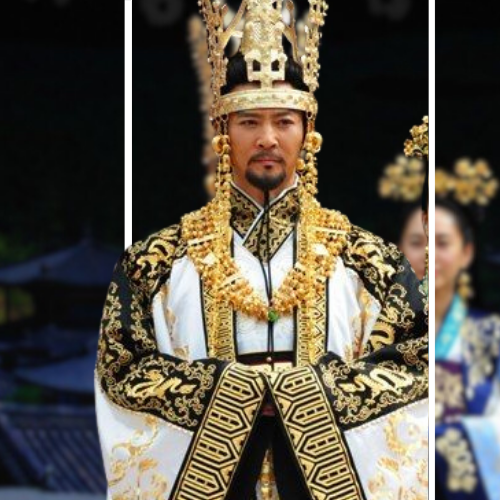
Have you ever imagined yourself in the position of a Joseon king for a week? If you are someone like me, then you definitely have.
Honestly, who won’t? They seem sexy on television with their red robes and flamboyant entrances, with people bowing in abundance. However, in reality, being king in Joseon meant following an extremely regimented schedule for rituals, and keeping up with politics all the time, and if that is not more strenuous than being a CEO in the 21st century, I don’t know what is.
Let's peel back the layers and see what life as a 왕 (wang - king) was like.
Morning: The "Four Times of the King,"
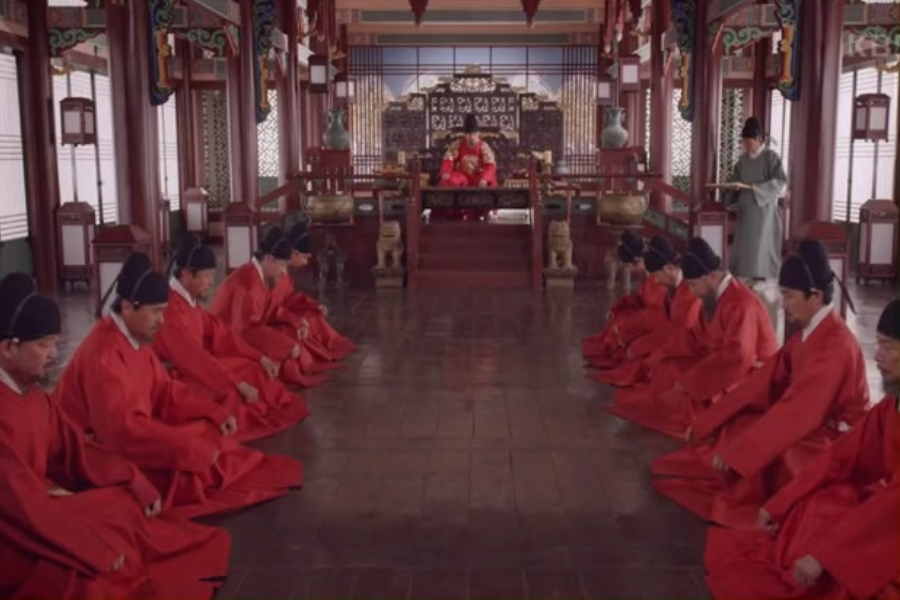
So in the pre-modern era, particularly Joseon, Kings didn't just wake up and say, "I am important." They started their mornings with 조회 (johoe - morning assembly) in which ministers report state affairs. Then, meet with officials, have classes on Confucian classics, and also observe personal study time (if there is time). This rhythm is often referred to as “the four times of the king.” It was so regimented that they had every minute of the day accounted for, even the time they spent with their spouses.
Dressing the Part- Gonryongpo (곤룡포)
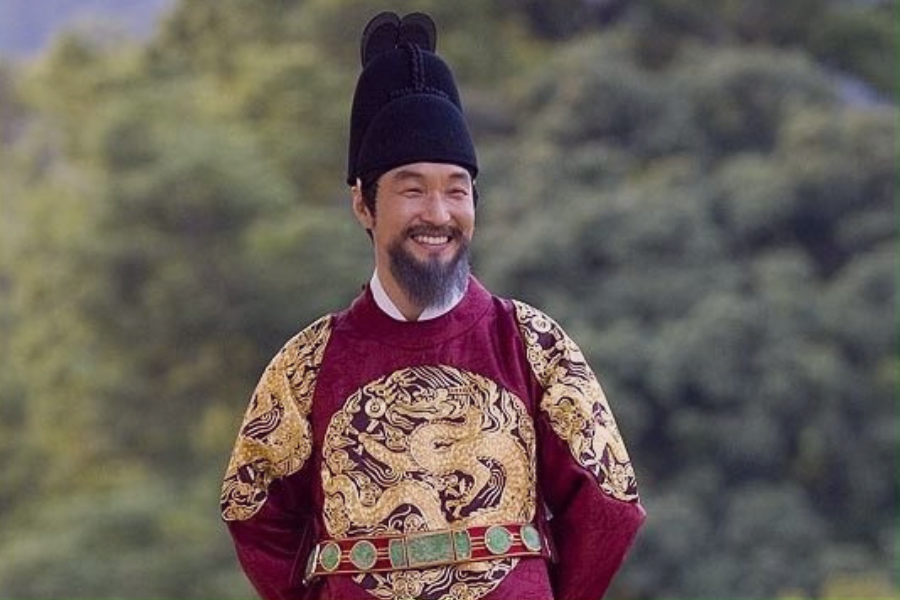
That red dragon robe we see in sageuks? That is the 곤룡포 (gonryongpo). It was not just a piece of clothing; it served as a political billboard. Red for kings, blue for princes, and, of course, how many claws on the dragon signified hierarchy. Even the hat (익선관 – ikseongwan) was important. So, why can a Joseon king walk around in a guard’s clothes and no one recognises him unless he is in his red robe? He's already making a statement before he says a single word.
Royal Meals
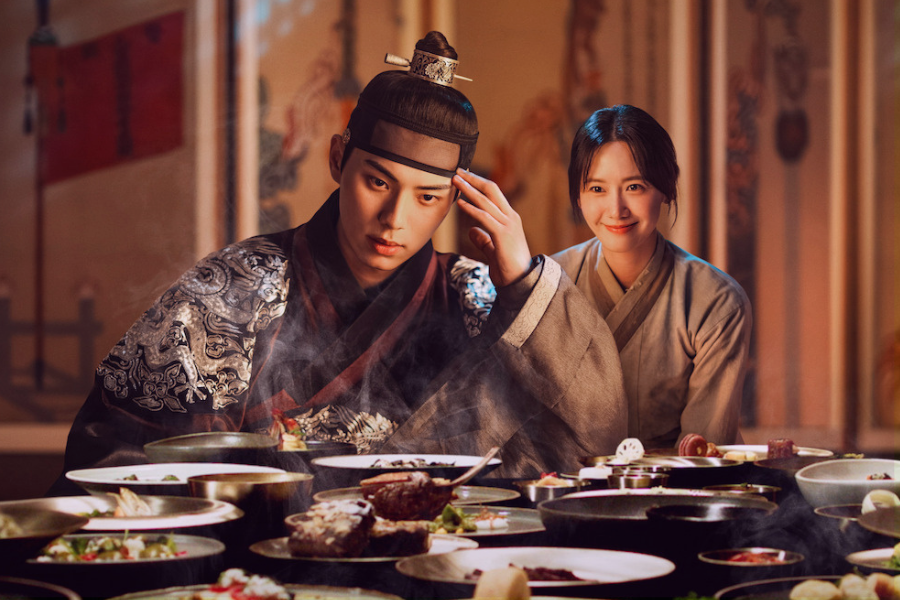
You would think the king would always have an all-you-can-eat buffet, but that’s not the case. The royal high table allocated for a 수라상 (surasang), an impressively prepared display of many side dishes, is ordered carefully for flavor, color, and health balance. The king would regularly eat many small meals daily, not one big dinner. Also, the state of the nation sometimes dictates how much they would eat, and that’s why you would see the royal family observing a fast because it has not rained for months.
Running a Kingdom
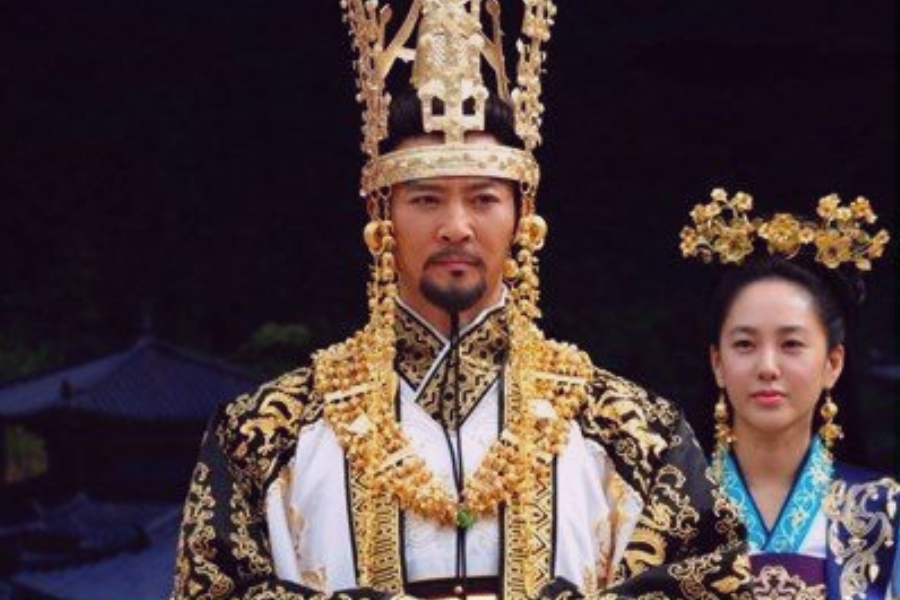
The king worked with the 의정부 (Uijeongbu - State Council) and 육조 (Yukjo - Six Ministries) for personnel, finance, rites, military, law, and public works. Ministers would debate and advise the king, sometimes directly opposing his desires. You think he can just boss people around? Think twice because his subordinates can offer high Confucian receipts to place him in checks anytime.
The Diaries that Never Missed Anything
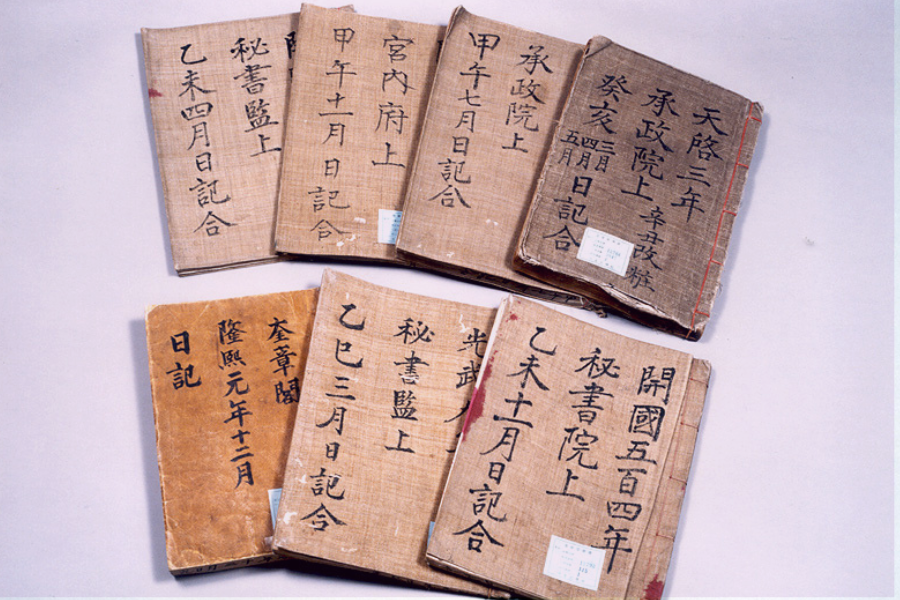
When it comes to a Joseon king, there is nothing like privacy. The 승정원일기 (Seungjeongwon Ilgi - Diaries of the Royal Secretariat) recorded daily affairs with ruthless precision. Each order, meeting, or mistake was put in writing. And even now, hundreds of years later, historians use these same notes as a guide to understanding palace events. In other words, if the king sneezed, someone wrote it down.
Inner Circle of the Palace
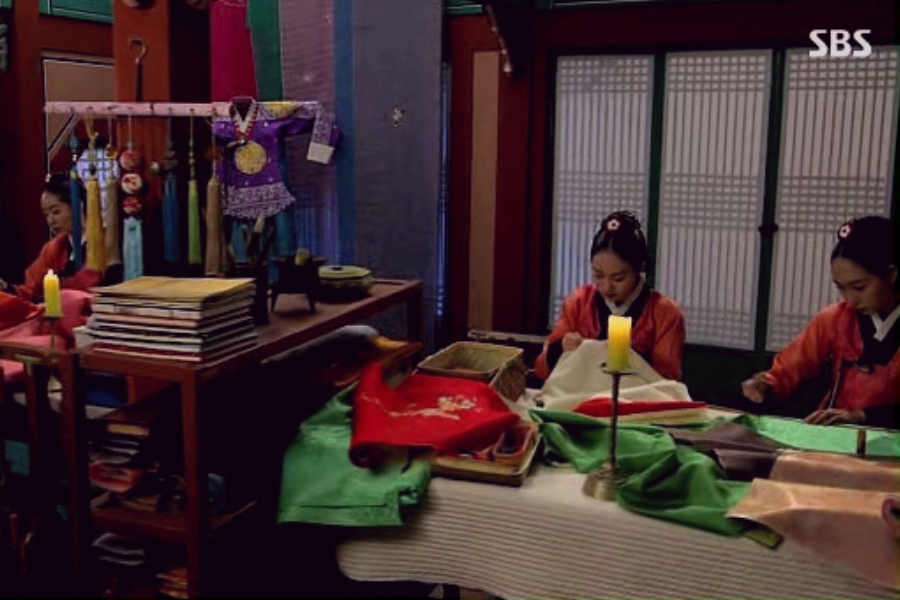
The monarch was never the only person present. Alongside were the 내명부 (Naemyeongbu - women of the inner court), concubines, and eunuchs. Eunuchs (환관 - hwangwan) were always playing major roles in the palace's communication and logistics. Also, concubines weren't simply romantic adjuncts to the king but held power over separate political matters. So yes, each of those plots you see in sageuks has a basis in historical practices.
Leisure, Learning, and Hobbies
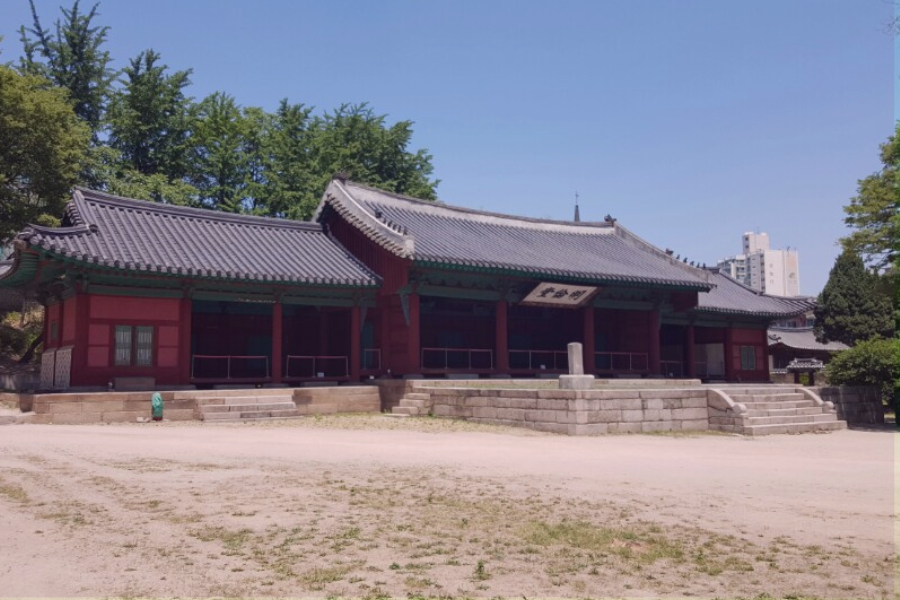
By now, now, you know kings were not simply rulers; they were required to become cultural figures, as rulers. Poetry, calligraphy, and deductive reasoning were not just considered hobbies; rather, they were regarded as part of his duty. Institutions such as 성균관 (Sungkyunkwan - royal Confucian academy) were meant to be thought leaders, and institutions meant to teach minds had expectations that the ruling monarch learned and personified what they were teaching.
The Weight of the Crown
Life on the throne was not completely unchecked. The king lived by a code of laws referred to as the 경국대전 (Gyeongguk Daejeon). He was constantly scrutinized by both the ministers appointed by him and by the historian concerning state affairs. His legitimacy was determined by ritual correctness, moral action, and fidelity to Confucian tenets.
Joseon kings had the robes and the palaces; however, daily life was not all roses but a more structured grind. So next time you see a Joseon king in a sageuk, know that beyond the handsome face, he is a representation of all these things real Joseon kings experienced.
T.Sapphire 💙
T. sapphire is a writer who found her love for the Hallyu wave after watching the historical drama “Jumong.” She is mainly interested in Korean dramas and the history of Korea at large. Explore her pieces as she takes you on a journey through K-Drama recommendations and keeps you informed about the history of the Korean people.
0 Comment(s)
Related Posts
Daily Newsletter
Get all the top stories from Blogs to keep track.
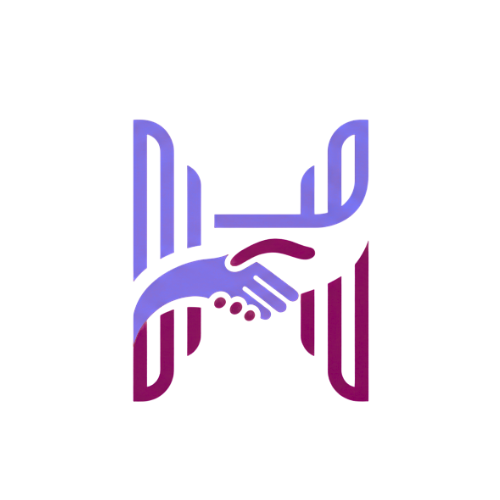
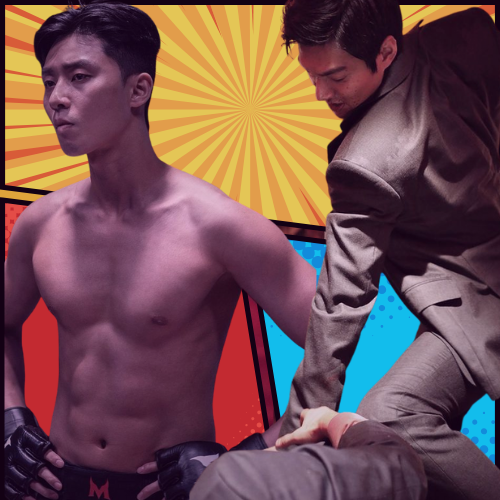
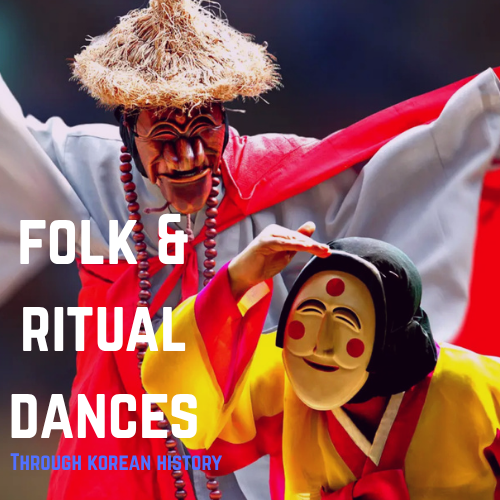


Leave a comment